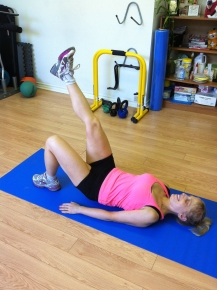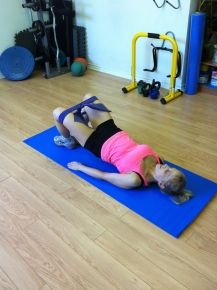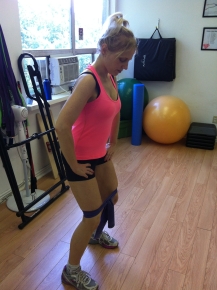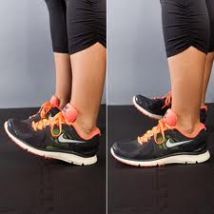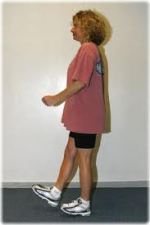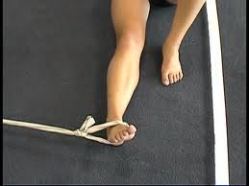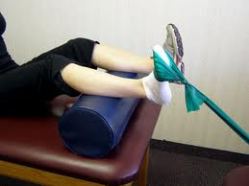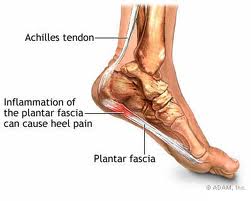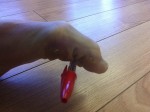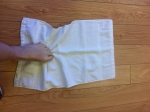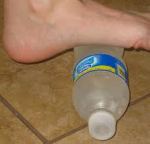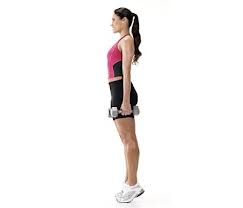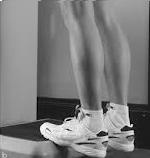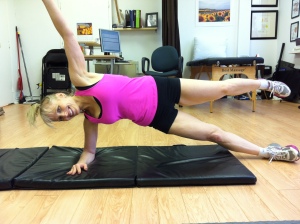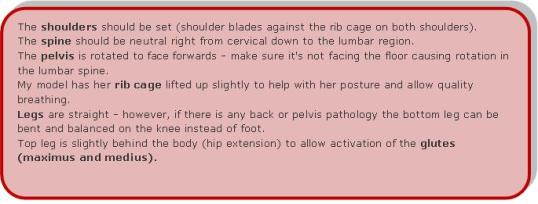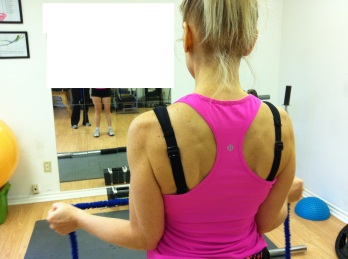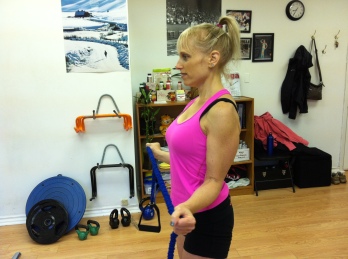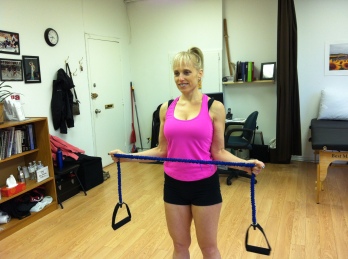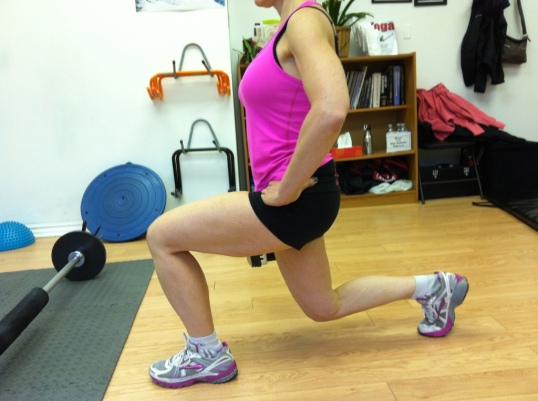Running is a very cyclical sport, you run the same way for the duration of the event. If you run long distances, you are maintaining the same form (hopefully!) for a long long time. Even 3-5km is a long time to keep a runners position. The pounding of the pavement (even grass) sends vibration of through your spine that can cause many runners to feel back pain. The core muscles (deep in the pelvis) need to maintain your posture for a long period of time and can become fatigued. This exhaustive state can cause break down and eventual injury.
I’ve listed a few simple exercises that are great for a pre-run warm up but also as part of a weight lifting routine. If you’re doing a general fitness workout, or Olympic workout, this routine can be mixed in before or after to help maintain your form and keep you injury free.
I have not listed stretching and dynamic warm ups, that will come in a following blog.
The 1 leg glute bridge is great for activating the glutes (your butt). You should be able to do this without getting a hamstring cramp or having your hamstring work harder than your glute. If you can’t get your glute to work, only lift your hips a little bit off the floor. If your glutes are firing nicely, lift your hips as high as they can. You will repeat the up and down movement; start with 10 reps and work up to 15 or 20. As a warm up, you might only need to do 1 set, as a workout do 3 or 4 sets.
With this glute bridge, keep your hips up the entire time. Have the band tied just above your knees as tight as you can (without cutting off circulation). Your knees will move in and out while keeping your pelvis absolutely still. Start with 10 reps and move up to 15-20. Again, as above, vary your sets for warm up versus workout.
Side walking with a band is a great functional warm up and exercise for glute activation. Keep the band you had from the previous exercise and find a space about 12-15 feet long. You will get yourself into a quarter squat and move sideways. Once you get to the end, go back to where you started facing in the same direction. Make sure you don’t creep forwards or backwards. You should feel your hips burning and working!
Hip swings are likely your best tool for loosening up your hips and back. You can do this as part of a dynamic warm up, in line at the bank, part of a cool down, or doing your workout or run. Try to relax as much as you can and swing your legs as high as you can. You can swing your legs forwards and backwards and side to side. Do as many as you need to in order to warm up and get loose. This is best shown in video format.
See the videos here! Click here
Stay tuned for more warm up and core tips coming soon. The more you stay on top of keeping your glutes and core activated, the less chance of injury you have!
Questions? Concerns? Please email me.
Jen Mark BSc., CAT(C), CSCS
Athletic therapist
dynamicliving.me
